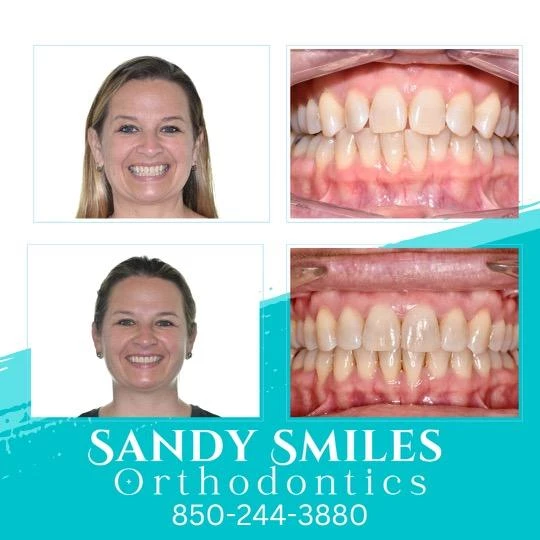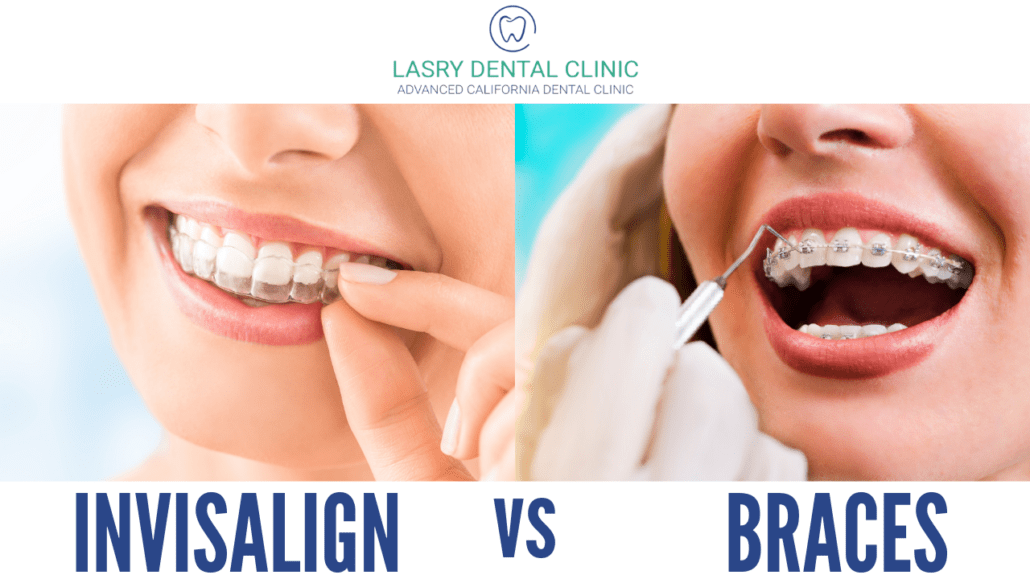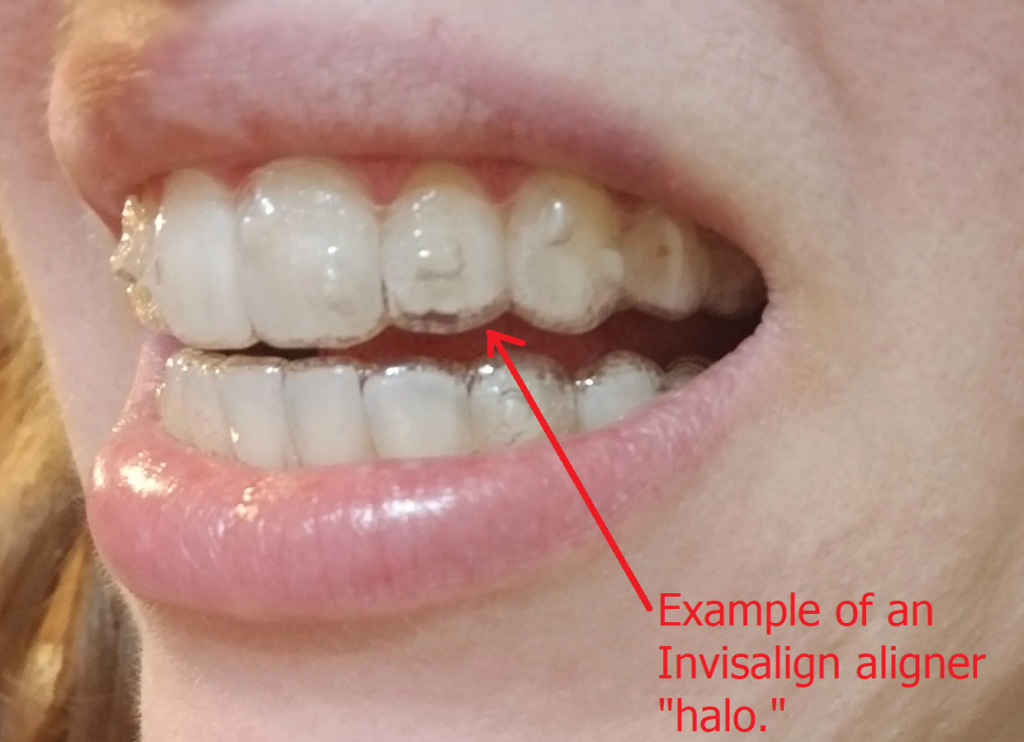Leading Reasons to Select Invisalign Over Other Orthodontic Treatments
Leading Reasons to Select Invisalign Over Other Orthodontic Treatments
Blog Article
Invisalign vs. Typical Dental braces: Which Option Is Right for You?
When thinking about orthodontic treatment, the choice in between Invisalign and typical dental braces provides several important variables that warrant cautious evaluation. Invisalign offers a very discreet option with removable aligners, while traditional dental braces supply a more noticeable yet efficient service for severe imbalance.
Summary of Treatment Alternatives

In comparison, conventional dental braces include metal brackets and cables that are bound to the teeth. This method applies constant stress in time to accomplish placement. While effective for complicated orthodontic problems, typical braces need routine visits for adjustments and can present obstacles in maintaining oral hygiene because of the problem of cleaning up about wires and brackets.
Both options have their advantages, and the selection often hinges on specific dental conditions, way of life preferences, and client compliance. Eventually, seeking advice from an orthodontic specialist is critical for identifying the most suitable treatment plan customized to specific demands. Recognizing the subtleties of each alternative can dramatically affect the general success of orthodontic treatment.
Visual Factors To Consider
A substantial aspect influencing the selection between Invisalign and traditional dental braces is the aesthetic allure each therapy offers. Invisalign aligners are crafted from clear plastic, making them basically undetectable when worn.
In comparison, conventional dental braces include steel brackets and cords, which can be more visible. While innovations in orthodontic innovation have actually brought about the growth of smaller sized brackets and tinted elastics, standard braces still preserve an even more noticeable account. For some individuals, the exposure of braces might deter them from looking for necessary treatment.
Inevitably, the choice in between Invisalign and traditional braces might rest on personal choices regarding appearances. Clients that focus on discretion typically favor Invisalign, while those who are less worried concerning visibility may decide for traditional braces. Comprehending the visual effects of each option is important for making an educated choice that aligns with one's way of life and preferences.
Convenience and Convenience

In regards to ease, Invisalign aligners are removable, enabling patients to appreciate their preferred foods without restriction and keep optimum oral hygiene. Cleaning and flossing are simplified, as the aligners can be taken out throughout these routines, whereas traditional dental braces require mindful navigating around cables and braces.
In comparison, traditional dental braces demand routine changes, making them less practical for those with active schedules. Generally, the convenience and convenience of Invisalign make it an attractive selection for numerous individuals looking for orthodontic therapy.
Treatment Duration and Performance
While both Invisalign and traditional braces are reliable in correcting dental misalignments, the period of therapy can differ significantly between both alternatives. Typically, Invisalign treatment can take anywhere from 12 to 18 months, depending upon the intricacy of the instance. The clear aligners function by gradually shifting teeth into their preferred settings, and routine follow-ups with an orthodontist aid make certain progress remains on track.
On the other hand, conventional braces commonly require a longer commitment, generally varying from 18 months to 3 years. This results from their set nature and making use of cords and braces, which can be extra reliable for extreme imbalances and complicated situations (Invisalign). The treatment effectiveness of traditional dental braces is well-documented, as they enable specific changes and higher control over tooth motion
Eventually, the choice between Invisalign and traditional dental braces might hinge on both the anticipated treatment period and the certain dental issues at hand. Consulting with an orthodontist is crucial, as they can provide customized suggestions based on individual demands, making sure the selected method straightens with preferred results and timeframes.
Expense Comparison and Insurance Policy Alternatives
Expense plays a significant duty in the decision-making process for people taking into consideration orthodontic treatment, whether going with Invisalign or standard braces. Usually, the expense of Invisalign ranges from $3,000 to $8,000, while standard braces typically set you back between $2,000 and $6,000. blog here Aspects influencing these prices include the intricacy of the case, the period of treatment, and geographical area.
Numerous oral insurance policy plans offer partial insurance coverage for orthodontic therapies, but the specifics can vary commonly. Usually, traditional braces may be a lot more regularly covered by insurance plans compared to Invisalign, which some insurance companies classify as an aesthetic treatment.
In addition, numerous orthodontic practices use flexible layaway plan, making both treatment alternatives more obtainable. Patients should why not look here inquire regarding possible funding alternatives and price cuts for upfront payments. Evaluating the total cost, including insurance benefits and layaway plan, is essential for making an informed decision that straightens with both visual choices and budget plan considerations.

Conclusion
In summary, the choice in between Invisalign and typical dental braces depends upon several elements, including aesthetic choices, convenience, treatment duration, and cost. Invisalign supplies a very discreet, detachable alternative that promotes dental hygiene and dietary flexibility, while typical dental braces may be much more suitable for intricate oral issues and frequently come at a reduced cost point. Inevitably, examination with an orthodontist is vital to evaluate individual conditions and figure out the most ideal therapy option for attaining ideal dental placement.
When thinking about orthodontic therapy, the option between Invisalign and standard braces offers a number of important aspects that merit cautious evaluation.Contrasting Invisalign and conventional dental braces reveals distinctive explanation treatment alternatives for orthodontic adjustment.While both Invisalign and typical braces are reliable in fixing oral misalignments, the duration of therapy can differ substantially in between the two choices.Cost plays a considerable duty in the decision-making process for individuals taking into consideration orthodontic treatment, whether opting for Invisalign or standard dental braces.In summary, the option in between Invisalign and traditional dental braces pivots on multiple elements, consisting of visual preferences, comfort, therapy period, and cost.
Report this page